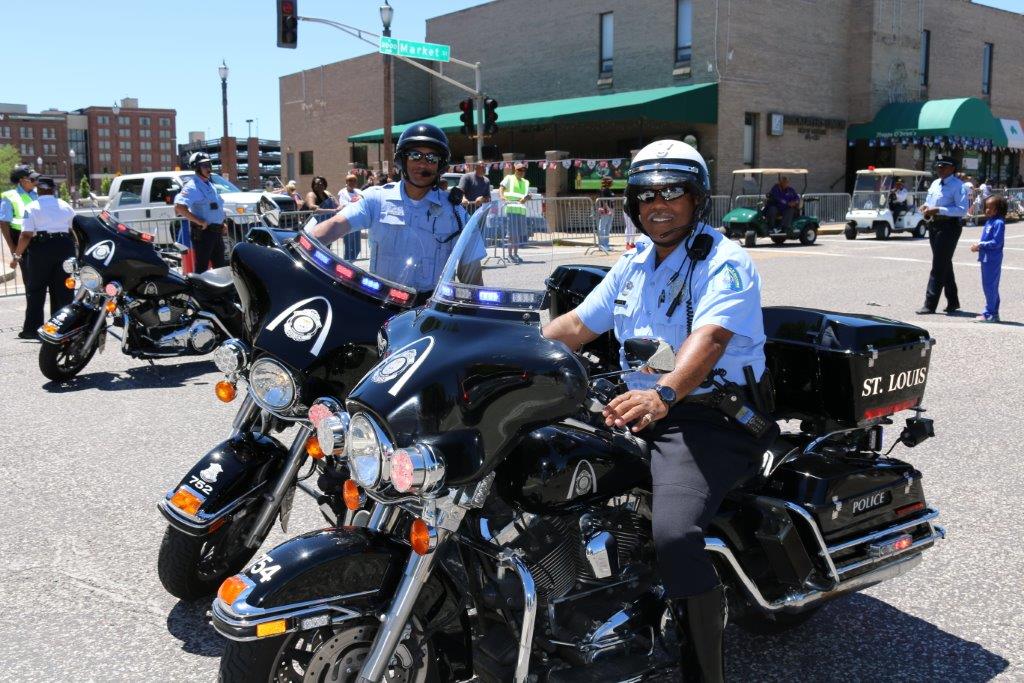St. Louis, Missouri

Project Overview
The St. Louis Metropolitan Police Department (SLMPD) focused on reducing violent crime by deploying three mobile surveillance trailers (MST). SLMPD targeted crimes such as gun violence and theft of and from vehicles. Each MST was equipped with license plate readers (LPR), cameras and gunshot detection. A total of 95 MST deployments occurred in micro hotspots between June 2020 and July 2022. In addition to the three MSTs, a fourth shell trailer was purchased to serve as a placebo so that researchers could examine if any deterrent impact of the trailers was the outcome of enhanced intelligence capacity or whether the mere presence of the units deter crime by themselves. To measure if the deployments were effective, SLMPD also tracked crime trends in similar high violence areas that did not receive trailers (control areas).
The project complemented a BJA-awarded grant for the Police Prosecutor Partnership Initiative, which provided funding to support the recovery of bullet casings for entry into the NIBIN and for the assignment of a dedicated prosecutor to the GCIC.
Methods and Findings
Research Design
The procedure to create the deployment locations for the MSTs were developed in geospatial software (ArcGIS). An optimized hot spot model that used RMS data was developed to identify areas in the selected district that saw the most incidents. This procedure created hexagonal tiles across each district. Researchers implemented a randomized control trial (RCT) design and eight of the tiles were selected and then randomized to either treatment or control status. Two technology surveys were also conducted, and researchers explored how personnel in the department viewed the MSTs compared to other technology. The first was conducted at the beginning stages of implementation, and the second was conducted near the conclusion of the grant.
Findings
- Widespread support within the department for the use of crime-fighting technology; however, perceptions of specific technologies were closely related to perceived personal success with them.
- Integrating gunshot detection in MSTs is unlikely to be helpful.
- The MSTs indicated moderate crime reductions (~20%) for gunfire and thefts in a 500 feet area. However, these reductions did not attain statistical significance.
- There were no substantial differences in deterrent impact regardless of whether the MSTs were fully functional or not but given that they had far fewer deployments of the placebo unit (18 placebo, versus 77 functional), it may be too early to tell if deterrent benefits are truly equal—as the crime numbers around placebo units fluctuated more.

